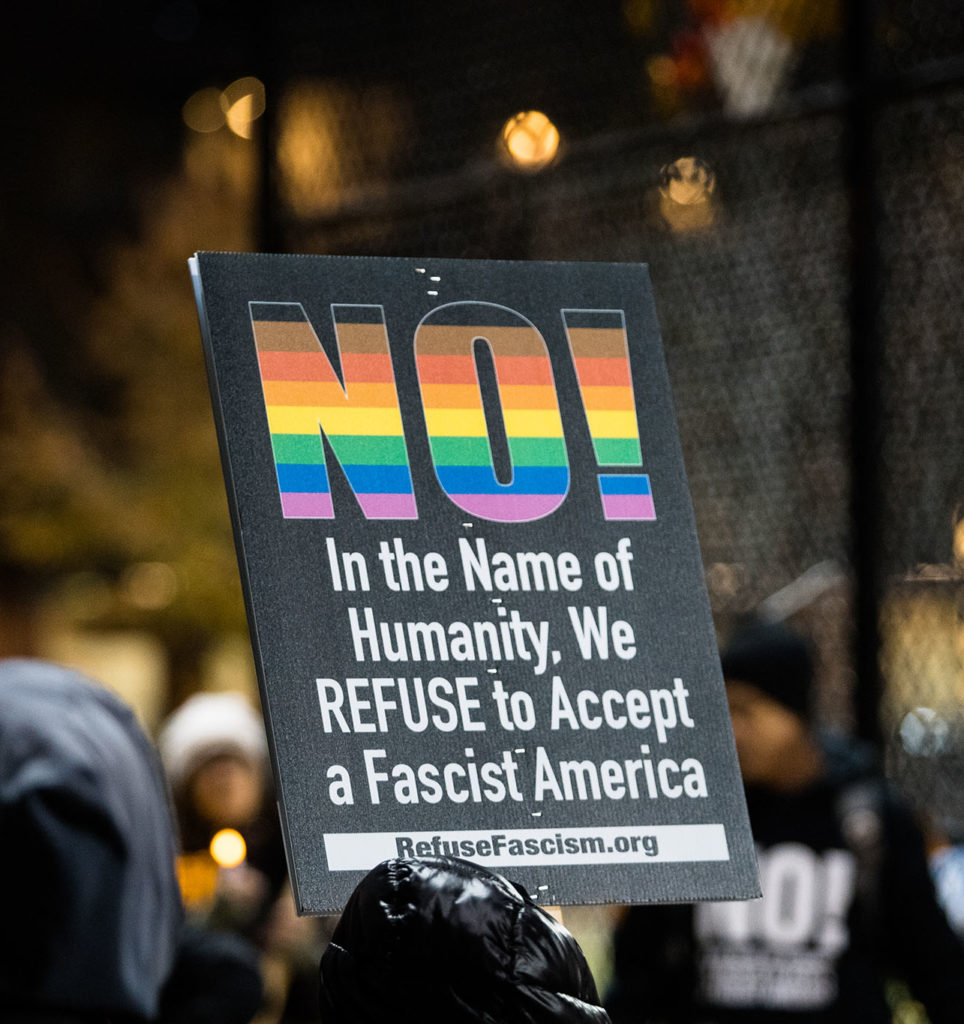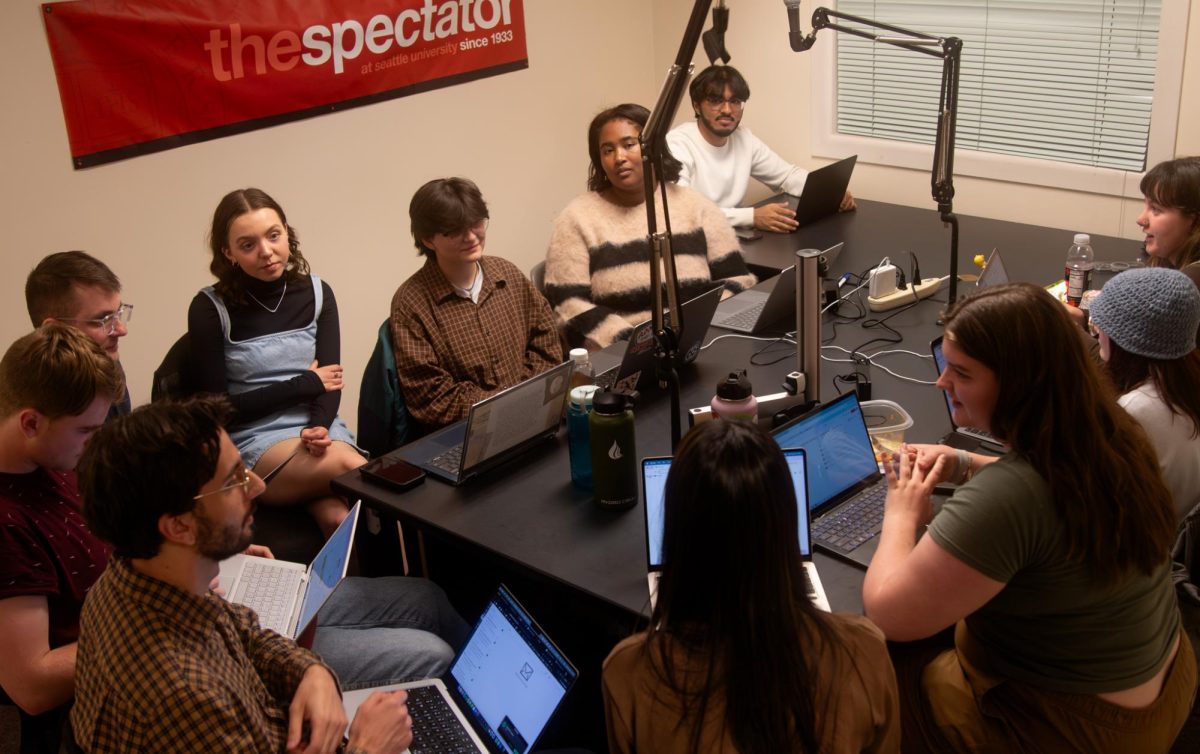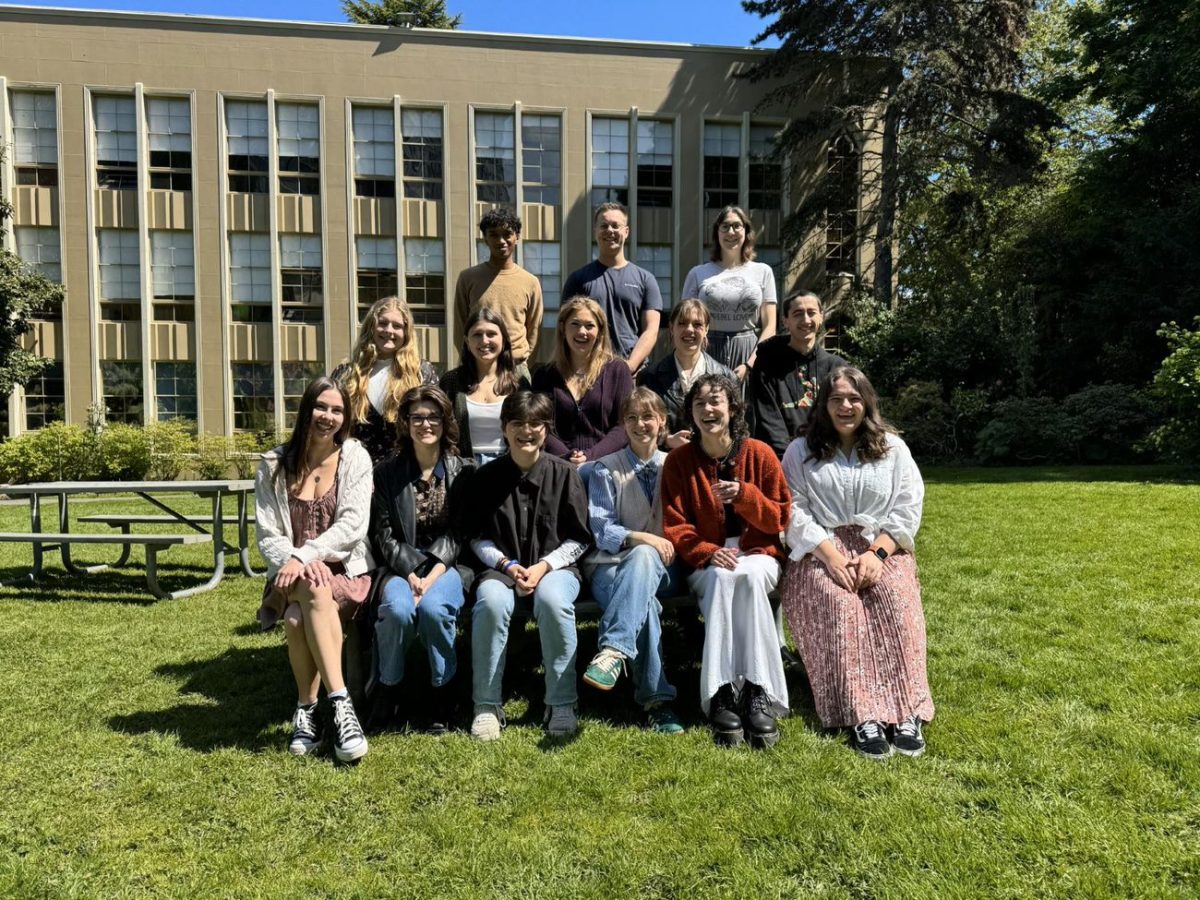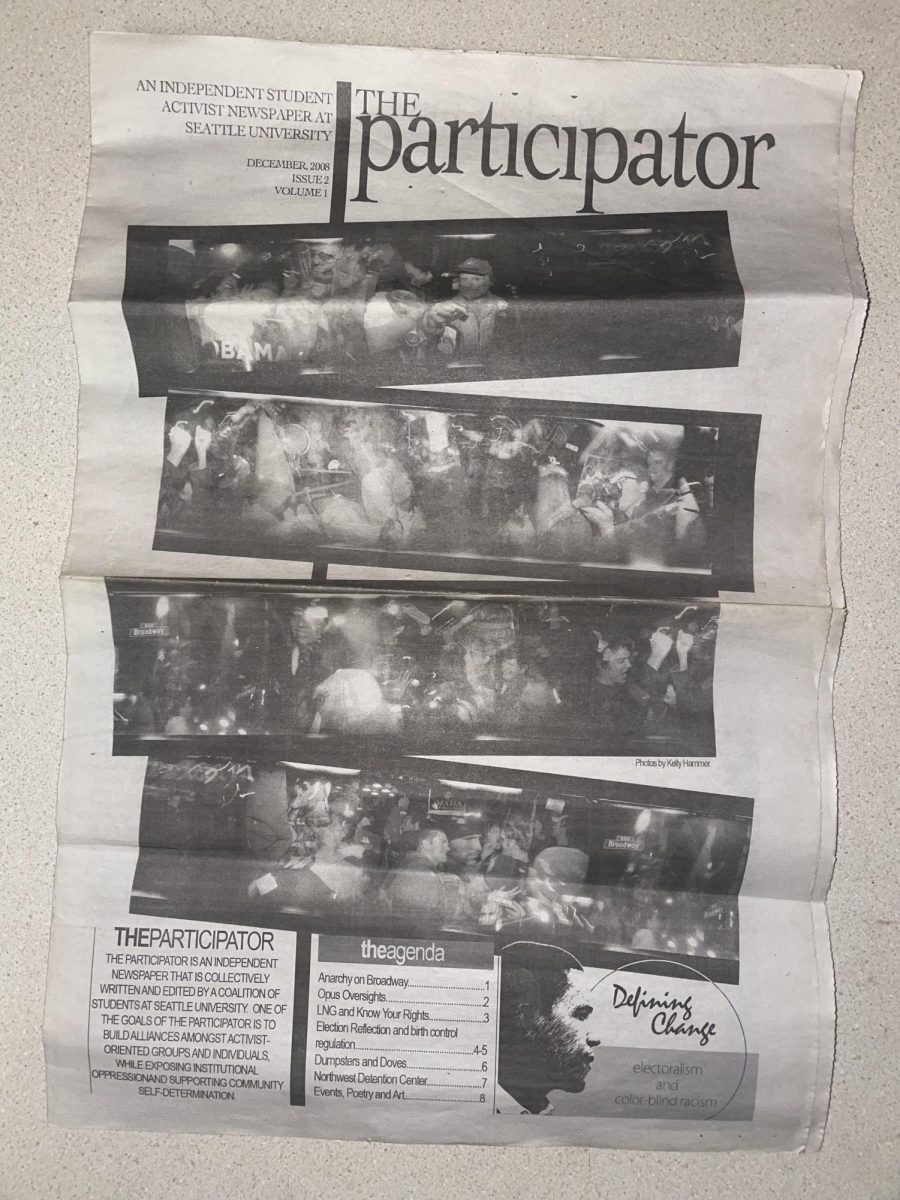This year’s midterm elections were record-breaking when it came to the diversity of Congress. For the first time in the democracy’s history, there is a female Senator from Tennessee, an openly gay governor in Colorado, two Native American Congresswomen, and many other groundbreaking accomplishments from newly elected members of the Senate and House. Students at Seattle University are using this as a time to reconsider their own political stance and actions regarding activism.
North campus Advocacy Representative Matthew Albright encouraged students to put their thoughts into actions.
“Whatever you believe in, you should embody [it] as a whole during your daily existence,” Albright said. “But as far as your active participation, you can dedicate whatever amount of time that you want, as long as you generally represent the ideals that you are trying to support.”
This can be a particularly important sentiment with regard to students who may feel misrepresented in the media or government. Now more than ever, students feel pressured to be involved in current events and social movements. While the recent midterm elections may be seen as a step forward, many are confused by what exactly the results will mean for the U.S.
“What has been front and center on our minds these last days have been the electoral politics,” author L.A. Kauffman said. “But the way that change and progress happen is very complex and requires many different kinds of pressure, many different forms of collective power.”
Kauffman presented at an event put on by Town Hall Seattle on Nov. 7. She discussed her past involvement in the movement to stop the Iraq War as well as her latest book, “How to Read a Protest: The Art of Organizing and Resistance.”
“I think it is important for people to stand up and say that they don’t agree with what is happening, even if they don’t think that they can change the course of events,” Kauffman said. “I think it’s important to do that for your sense of self and integrity… we don’t always know what we accomplish when we do that. We don’t know what the events are going to be.”
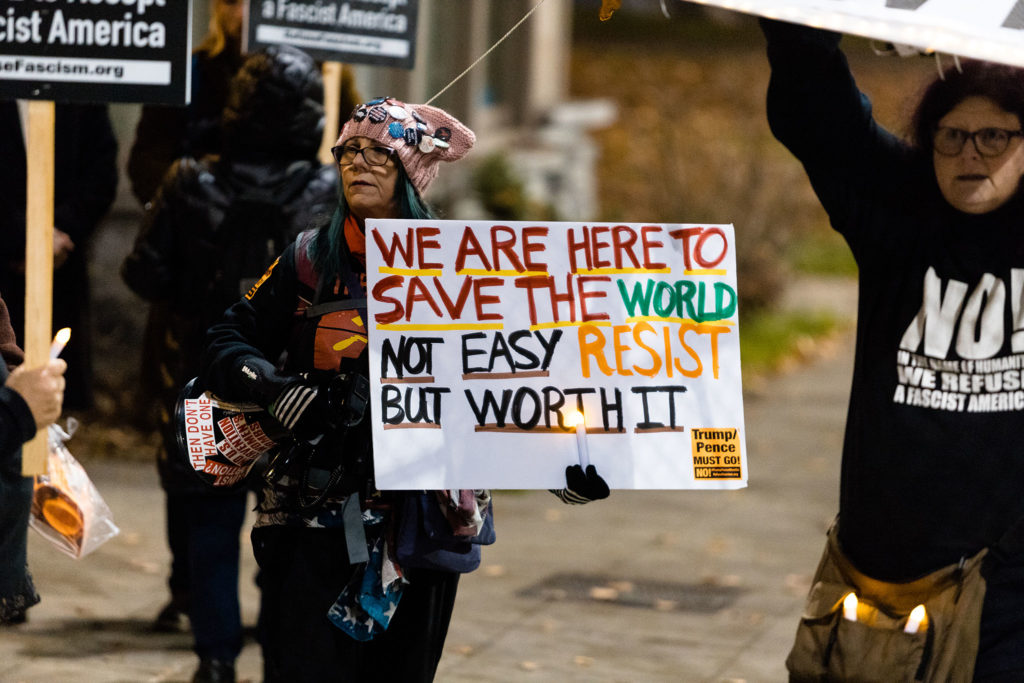
Protesters gathered at Cal Anderson park on Wednesday, November 7, and Saturday, November 10.
In her book, Kauffman compares the two Women’s Marches to the March on Washington for Jobs and Freedom that was held on Aug. 28, 1963. Not only is this the march during which Martin Luther King Jr., gave his famous “I Have a Dream” speech, but it was, at the time, the largest mass protest in the U.S. with more than 250,000 people attending. In recent years, the 2017 Women’s March made history with 4.15 million people participating domestically.
“I wasn’t quite sure what to expect. I had been to so many big protests over the year and a lot of them had come to seem boring to me,” Kauffman said. “You end up asking yourself ‘what did we do? What did we accomplish?’”
Kauffman found this to be especially true considering the fact that the U.S. is still involved in Iraq, despite the many protests that have been going on since 2002. Kauffman was surprised, however, to see that the 2017 Women’s March felt different than her past experiences.
“We just took over the streets in this way that felt more like an uprising than it did like one of these State carefully organized marches,” Kauffman said. “It was an utterly peaceful uprising and quite an extraordinary come together. The joy that we took in seeing each other’s signs was so powerful.”
Many students are excited that the midterm election results represent what the Women’s March hoped to accomplish: real legislative change. These elections represent a countrywide movement in making the important themes in protests into tangible legislative changes.
Criminal Justice student Grace Henry said the Women’s March in January was pivotal in making a statement about the power of people coming together against a common threat.
“Now we need to move on to actually changing laws and expecting more from men,” Henry said. “Policy needs to be changed.”
Henry’s specialization in forensic psychology gives her the ability to consider issues from all perspectives, including those in government and those holding protest signs.
“I don’t think the government should be abolished,” Henry said. “You have to participate in positive change. I need to be a part of the solution and not just yell about what the problem is.”
Many people believe that the first step to changing policy is changing who is in the government. A common complaint during the protests that have captured headlines in the past two years—most notably the Women’s March and the common sense gun law protests sparked by students from Parkland, Florida— is that the government does not accurately represent their constituents.
“Diversity in government is important because the people they are representing [are] far more diverse than a bunch of old white people,” Henry said. “Our government should represent the people who are a part of the country.”
College is a stressful time that cannot be dictated by one factor, but rather should be a careful balance of school life, fun, and involvement in both the city and current events happening around the world.
“You could have five people doing as much as they can and it’s not going to have nearly the same effect than if you have half of the city putting in even a minor effort,” Albright said.
Taylor may be reached at
[email protected]







